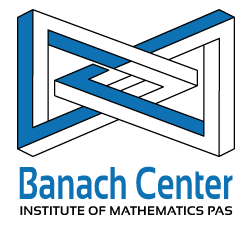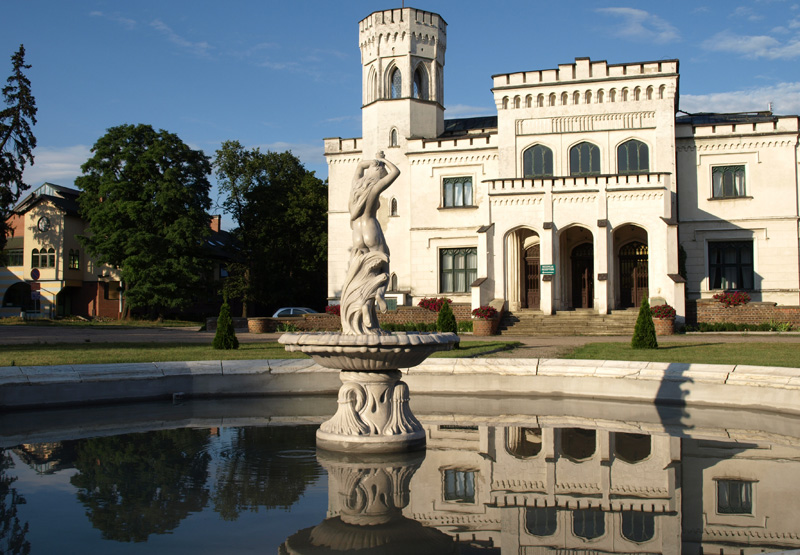
9th Euro-Japanese Workshop on Blow-up
The Mathematical Research and Conference Center
Będlewo, Poland
THE WORKSHOP HAS BEEN CANCELED!


|
9th Euro-Japanese Workshop on Blow-up The Mathematical Research and Conference Center Będlewo, Poland THE WORKSHOP HAS BEEN CANCELED! |

|
| JAPAN | EUROPE |
| G. Akagi | K. Fujie | P. Biler | J. Burczak |
| Y. Fujishima | N. Ioku | T. Cieślak | J. King |
| T. Kan | T. Kawakami | J. Lankeit | M. Musso |
| S. Masaki | S. Okabe | J. Peszek | P. Poláčik |
| Y. Seki | R. Takada | P. Quittner | Ph. Souplet |
